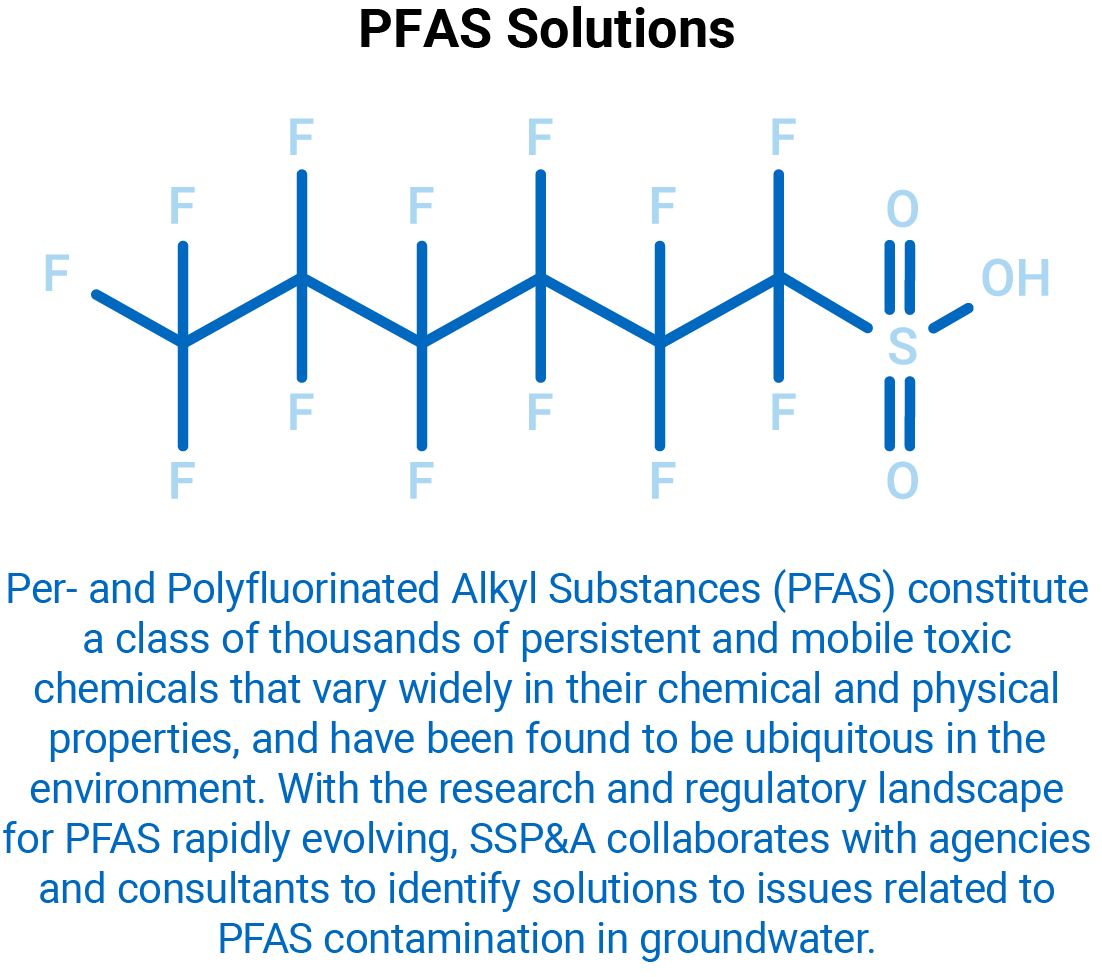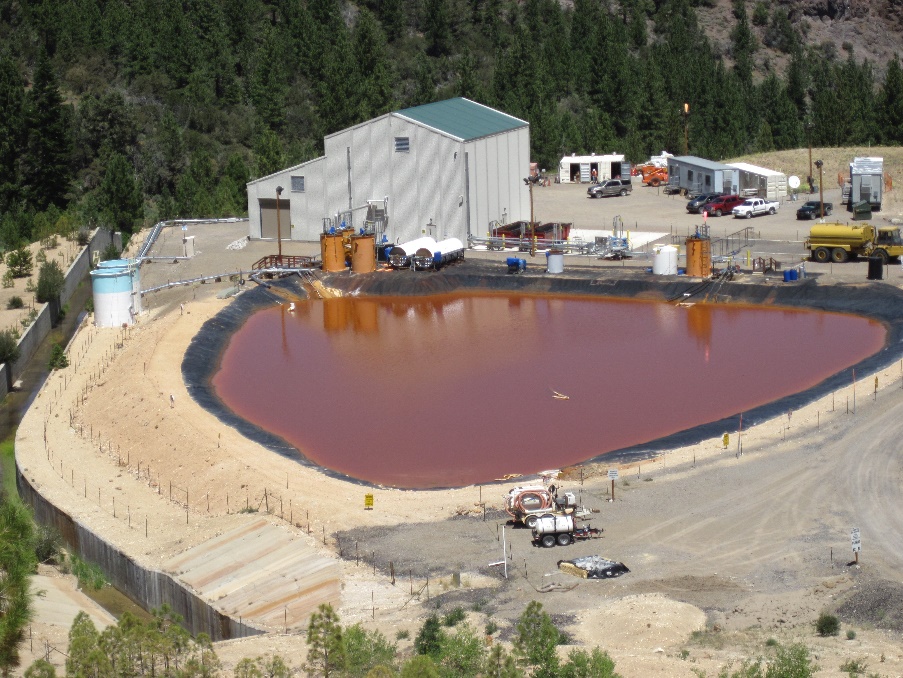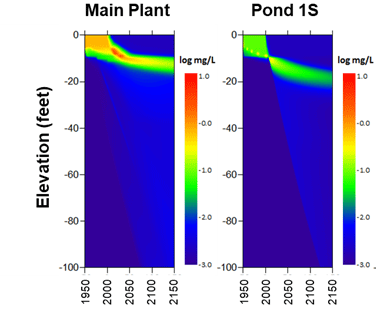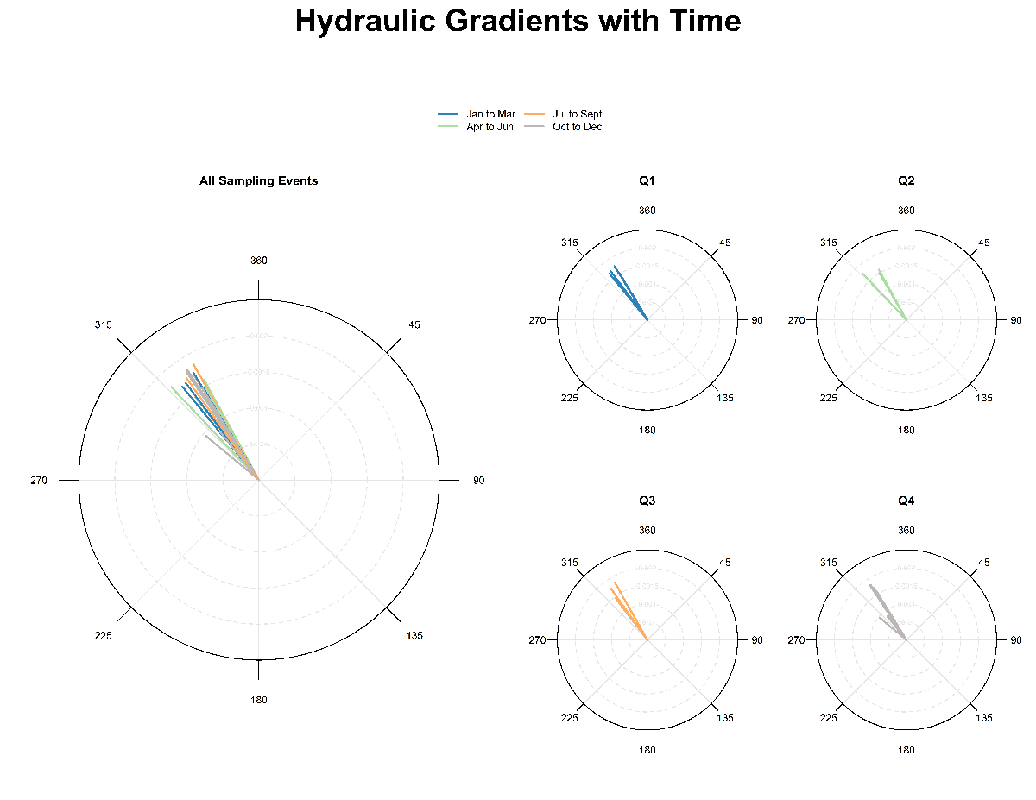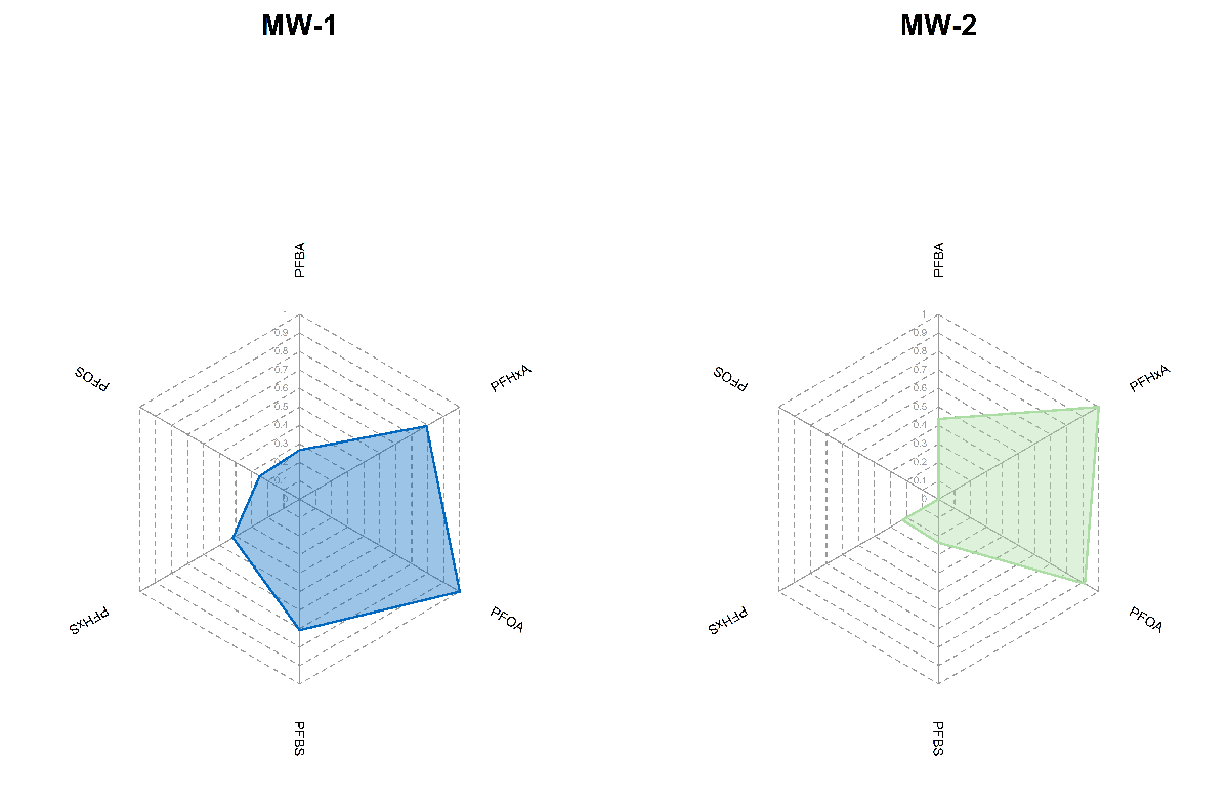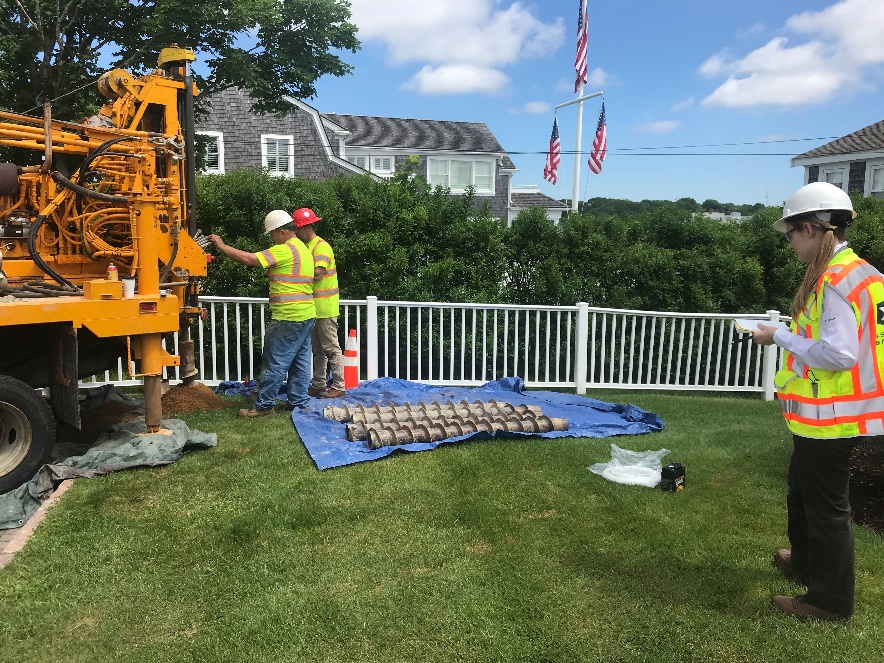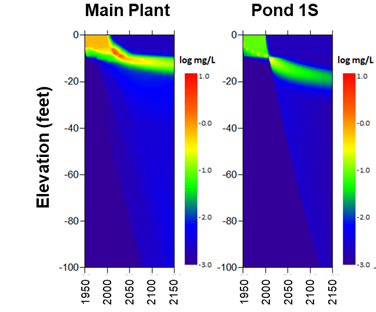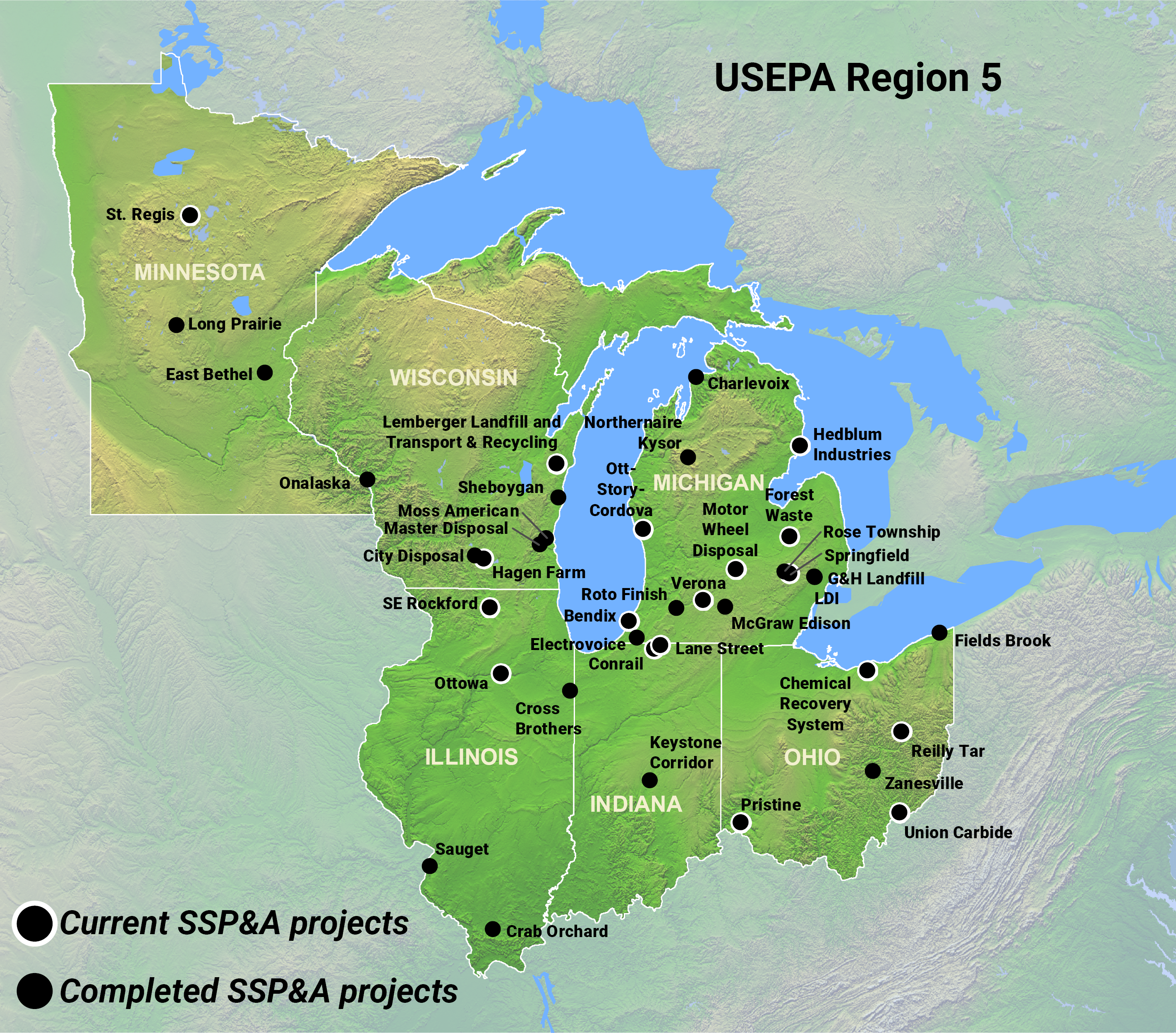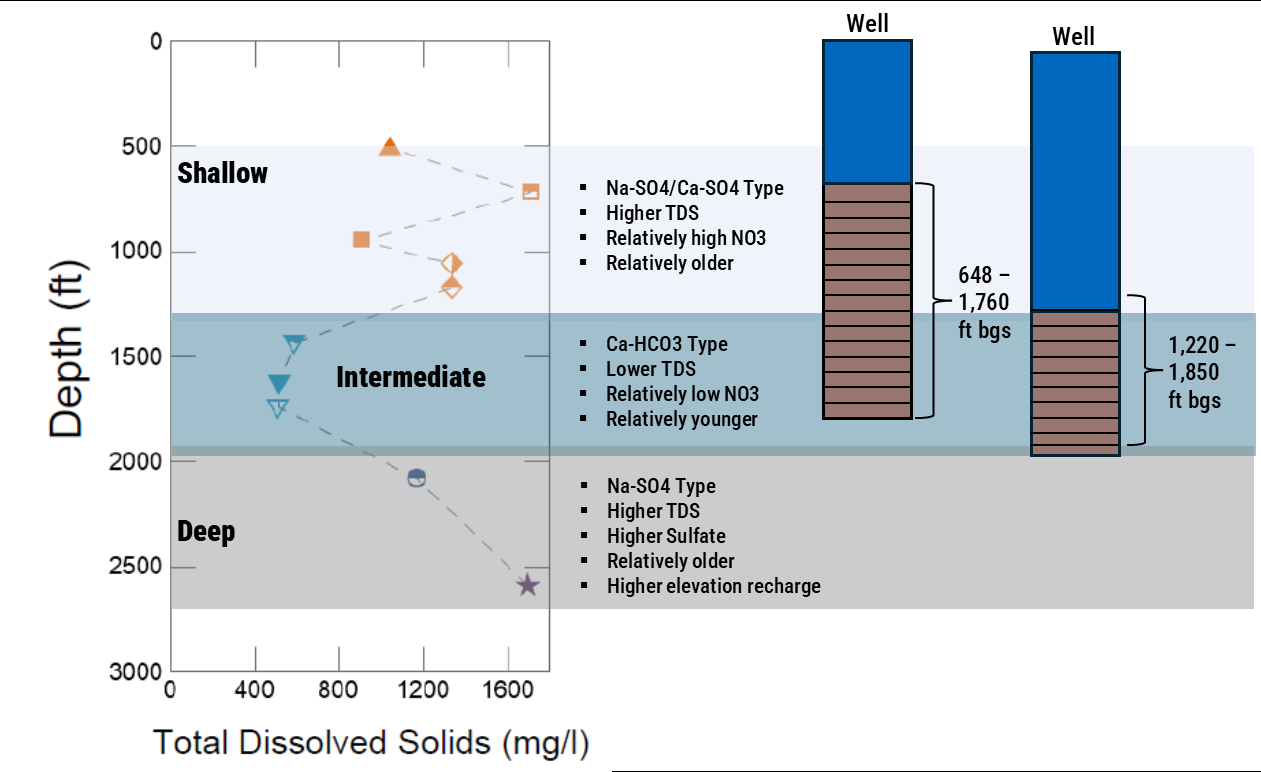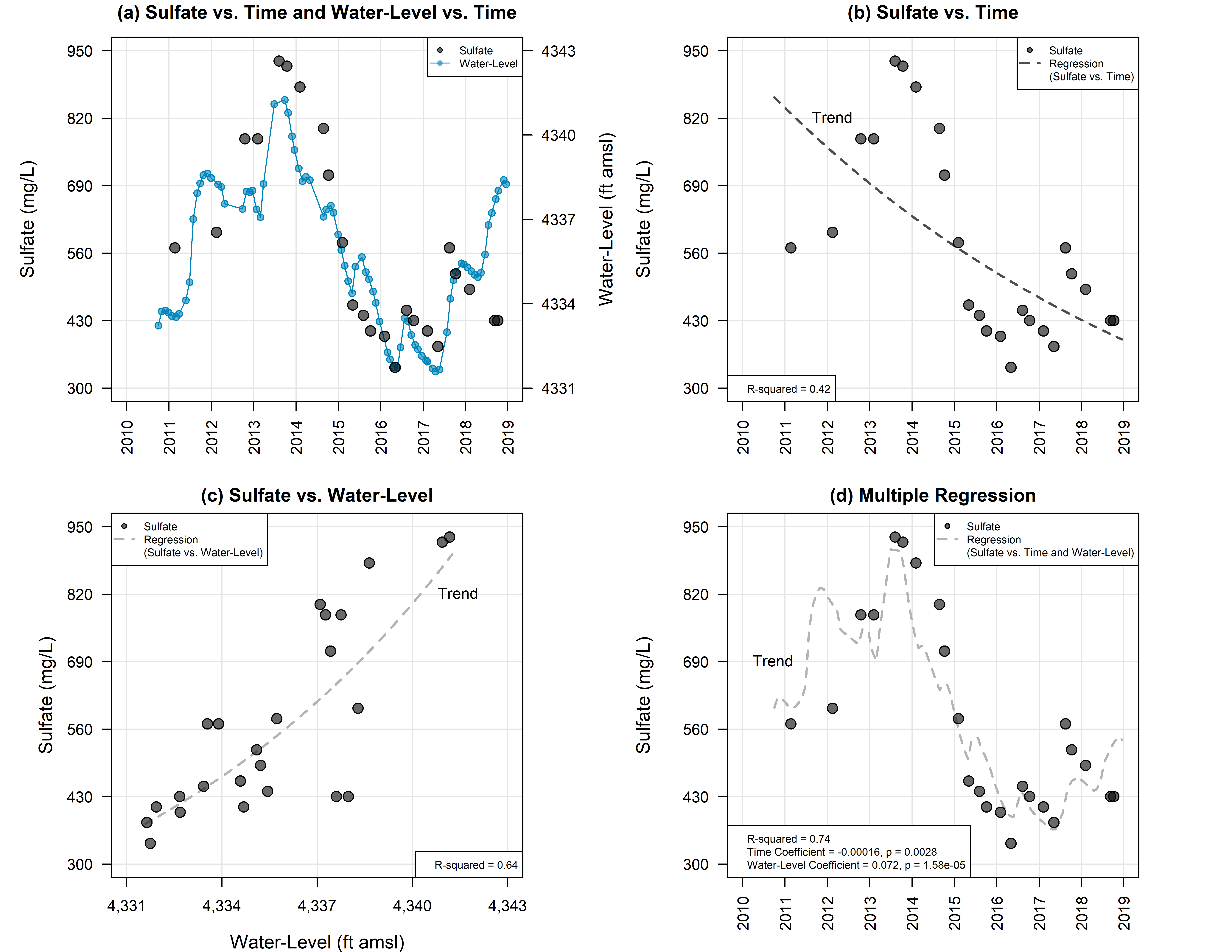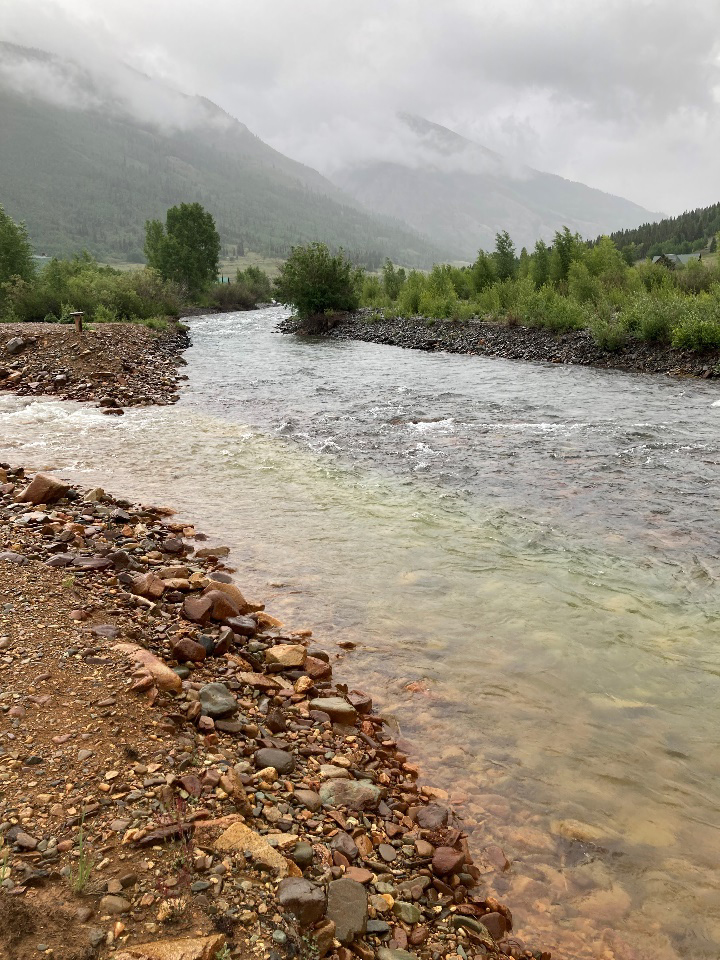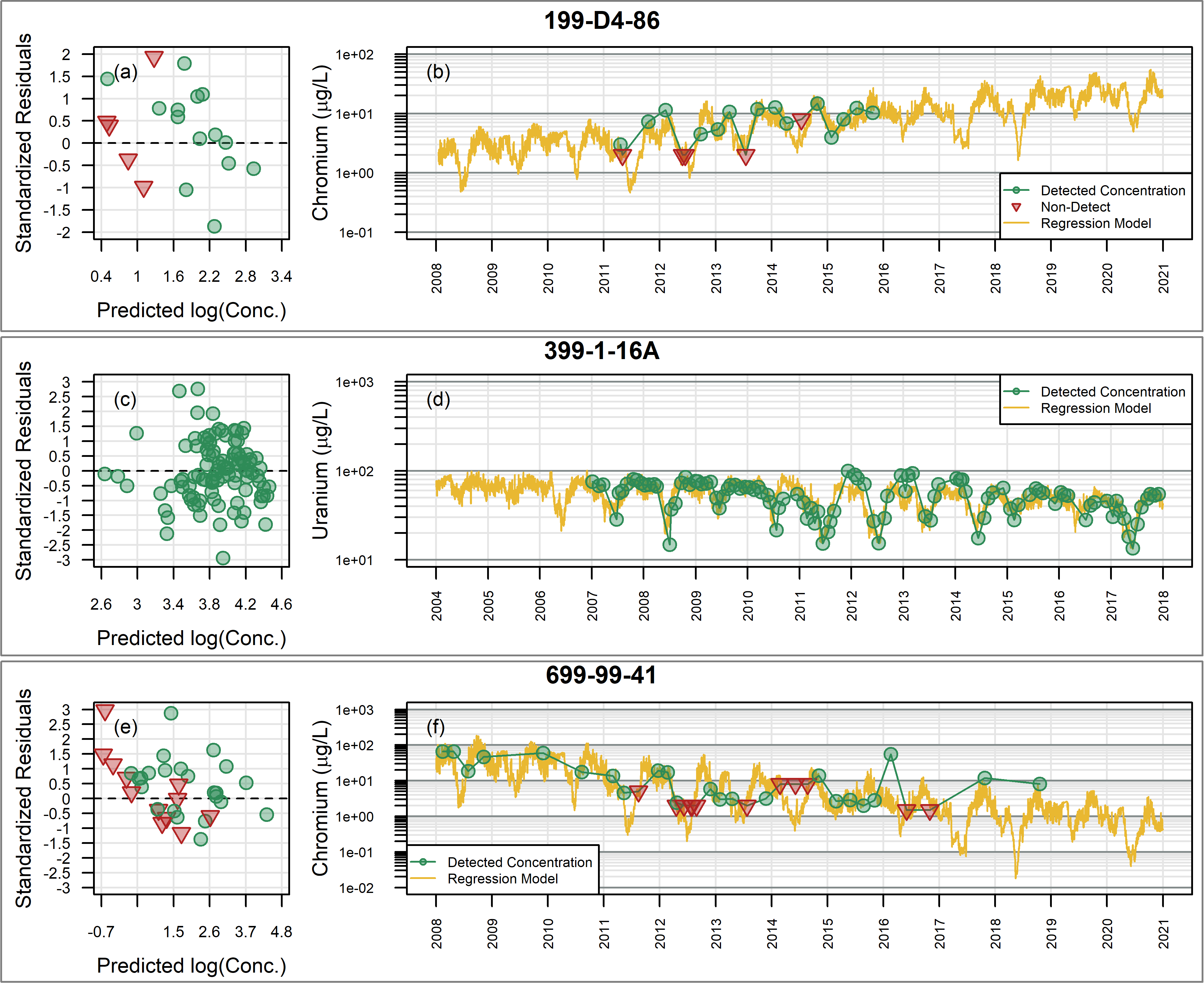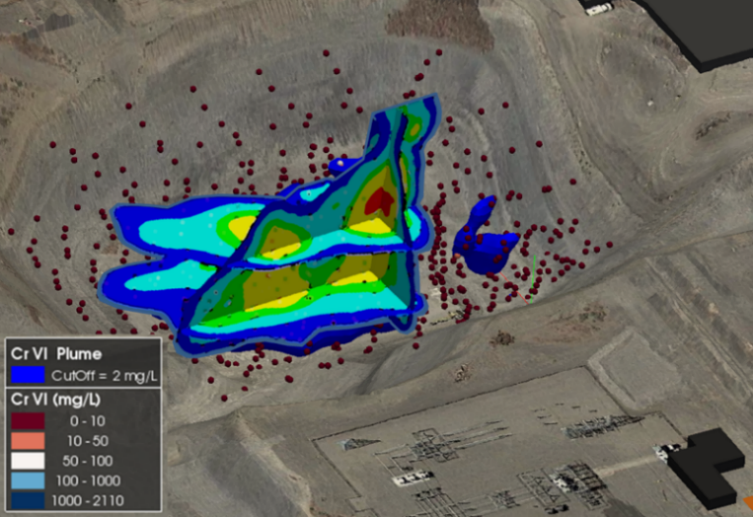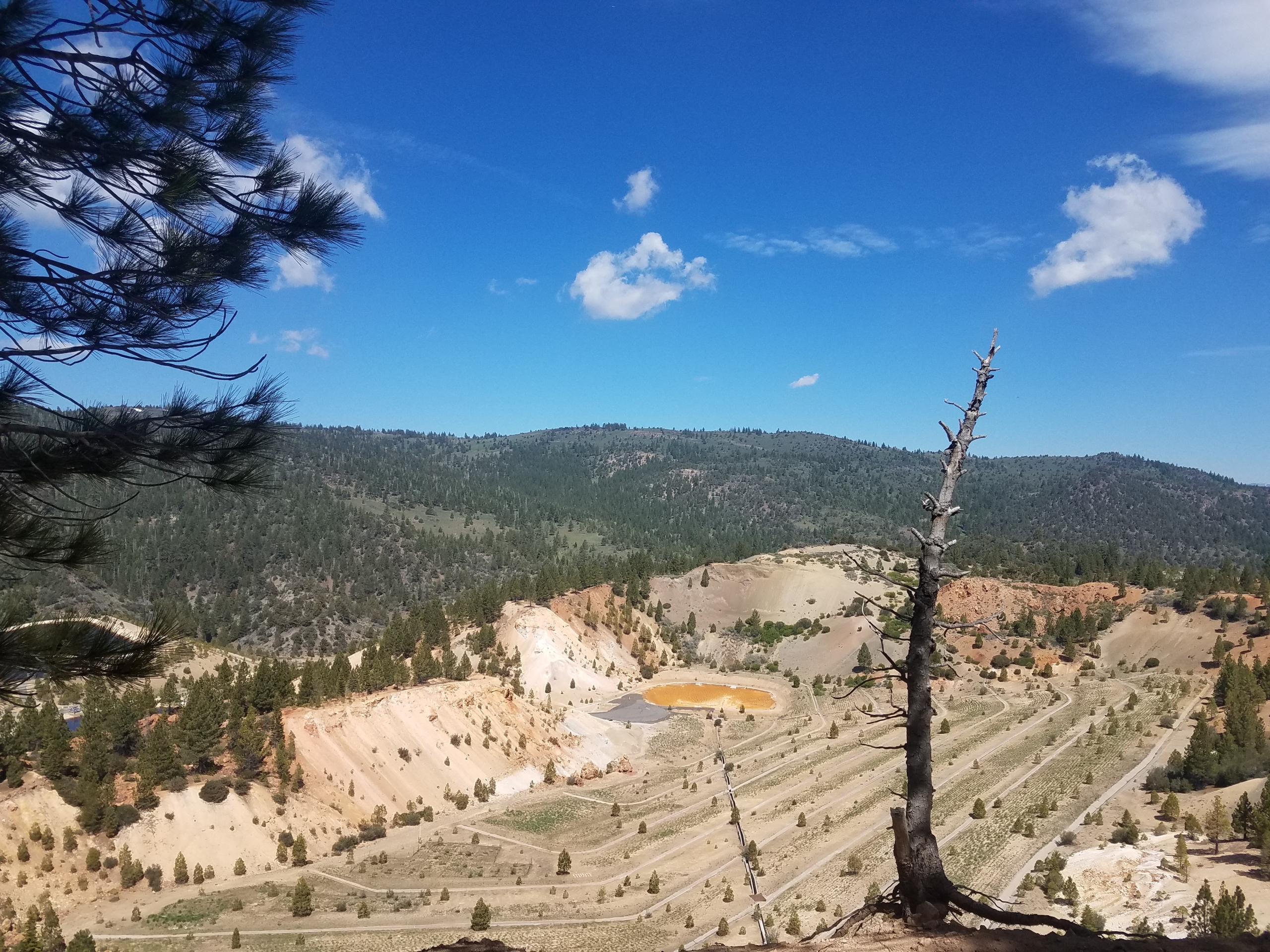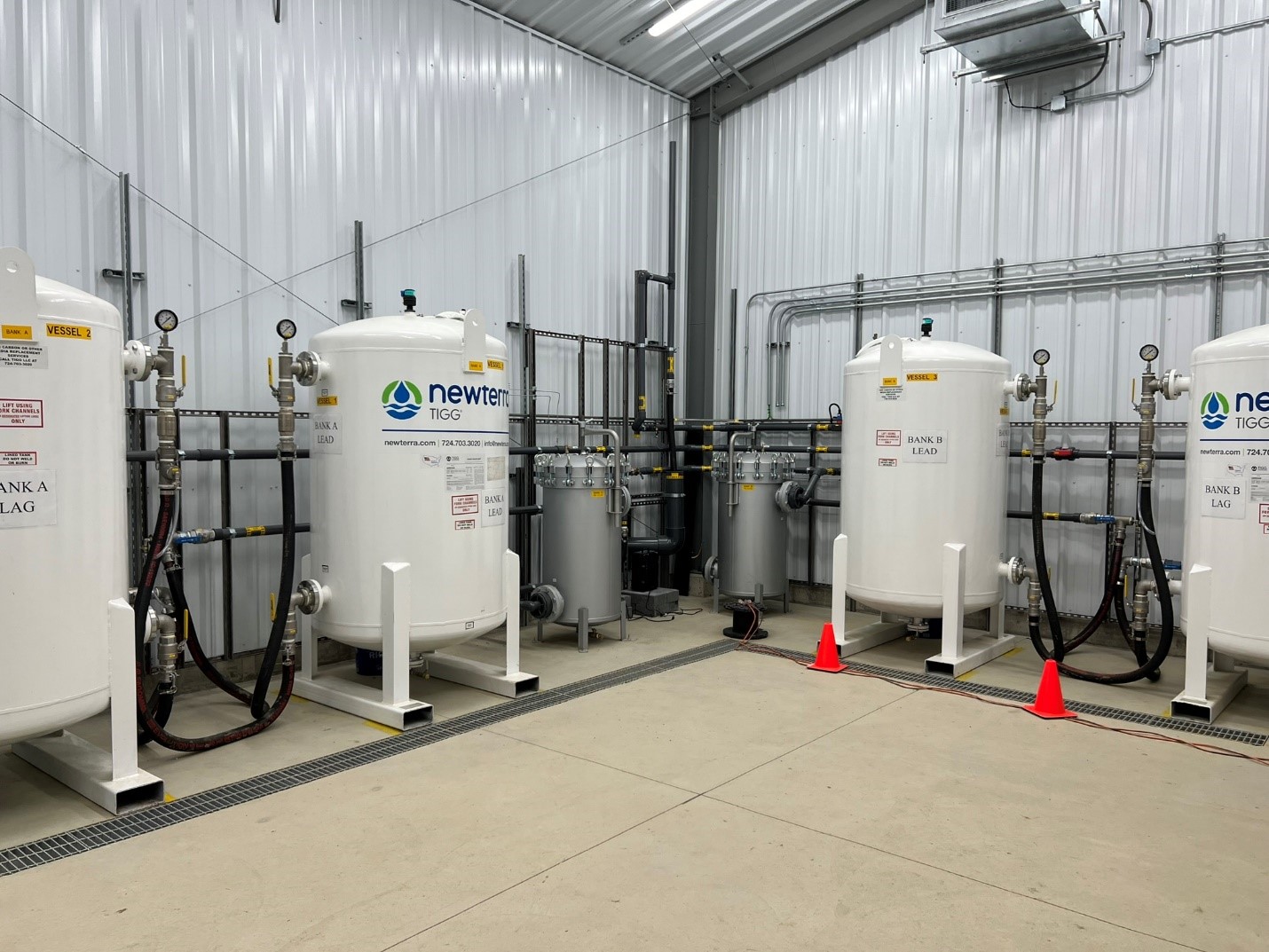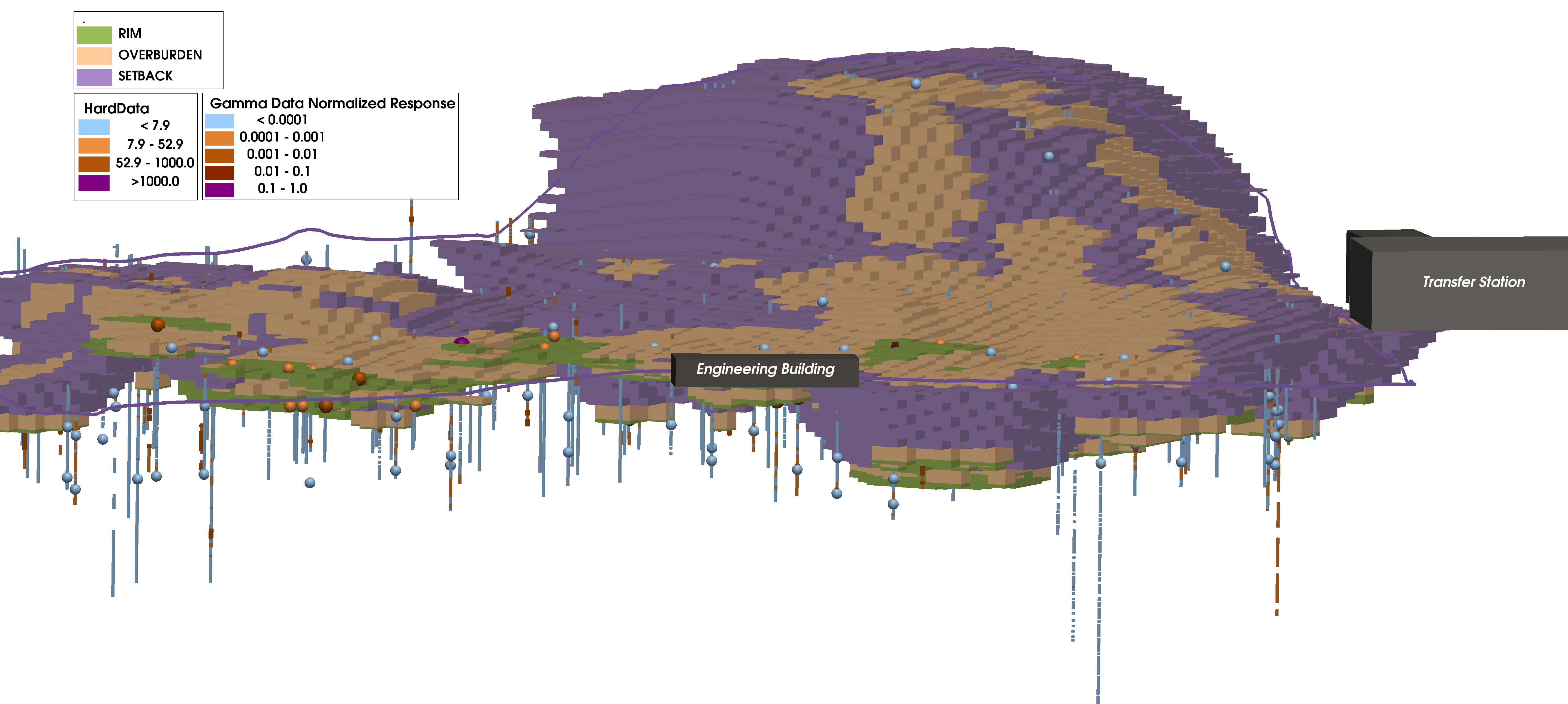SSP&A has post-doctoral level organic and inorganic geochemists who are SMEs across multiple specialties. We provide geochemical services as a stand-alone service, or as a component of larger, more complex projects, combined with our other core areas.
SSP&A’s geochemistry group has developed a leadership role in PFAS constituent evaluations, as exemplified by providing expert testimony in PFAS-related lawsuits, participation in the Interstate Technology and Regulatory Council’s (ITRC) PFAS team and National Groundwater Association’s (NGWA) PFAS working group, and co leading NGWA’s PFAS forensics white paper.
Hover over a topic below to learn more:
Organic & Inorganic Contaminants
SSP&A pioneered the application of geochemistry to the field of hydrogeology. Our geochemists are recognized experts in the field of environmental forensics, providing services to address the fate and transport of organic and inorganic chemicals in the environment.Solutions
Environmental contamination evaluations, including: polychlorinated biphenyls (PCBs); polycyclic aromatic hydrocarbons (PAHs); chlorinated solvents; oil & gas; acid mine drainage; hexavalent chromium; sulfate, nitrate, and perchlorate; and allocation of remedial costs.
PFAS and Emerging Contaminants
Newly identified or recently detected chemicals are a continuing concern for our clients. Contaminants of Emerging Concern (CEC), including Per- and Polyfluorinated Alkyl Substances (PFAS), pharmaceuticals and personal care products (PPCPs) and microplastics, can be synthetic or naturally occurring and may pose newly identified or re-emerging risks to human health, aquatic life, or the environment. SSP&A keeps abreast of CECs to help our clients navigate the sometimes rapidly evolving research and regulatory landscape that can turn once an emerging contaminant into a regulated compound.Solutions
SSP&A experts are ready to guide you through all phases of PFAS and emerging contaminant issues, including problem definition, site investigation, source determination and geochemical forensics, development of conceptual site models (CSMs), water treatment and remediation, data management and analysis, field services, and expert testimony.
Stable & Radiogenic Isotopes
Both stable and radioactive isotopes have various applications in the field of environmental hydrology, from age dating, determination of biogeochemical transformations and geochemical fingerprinting.Solutions
We perform a variety of isotope analyses to support your environmental investigation and project needs, including: stable isotopes for source evaluation, compound-specific isotope analysis to determine degradation, radioactive isotope analysis to determine groundwater recharge rates or date sediment cores, and fate and transport of uranium isotopes.
Geochemical Modeling
SSP&A uses geochemical modeling tools such as PHREEQC, PHAST and Geochemist’s Workbench to assist clients with a variety of environmental issues..Solutions
We perform geochemical compatibility evaluations, fate and transport modeling of radiologically-impacted material, long-term fate and transport of arsenic and boron in groundwater, co-precipitated chromate-calcite residual source simulations, representing rate-limiting processes on CRvI fate and transport, and translating PHREEQC formulations into MT3D.
Statistical Geochemistry
Employing the right tools for assessing geochemical datasets is a critical piece of SSP&A’s commitment to our clients. Specialized statistical tools provide next level evaluation of both spatial and spatiotemporal geochemical datasets.Solutions
SSP&A’s high-level statistical geochemistry services apply to a variety of environmental applications, such as: regulatory compliance, including RCRA and CERCLA; establishing background levels; MNA; exploratory data analysis; environmental forensics; and advanced statistical approaches, including PCA and FA.
Monitored Natural Attenuation
MNA is an environmental remedy that relies on natural attenuation processes to achieve site-specific remediation objectives within a reasonable, agreed upon timeframe. Since it was first introduced in the late 1970’s, MNA has become an increasingly attractive approach for remediating both organic and inorganic contaminants when analysis has demonstrated that more active remediation would not result in a more favorable outcome.Solutions
SSP&A assists our clients in a variety of steps along the MNA process including: reviewing guidance pertaining to the selection of MNA, understanding degradation pathways and mechanisms, assessing geochemical parameters for consistency with MNA selection, evaluating the feasibility of natural source zone depletion (NSZD); and monitoring remedial performance, including plume metrics, spatial moments, and calculating temporal trends.

